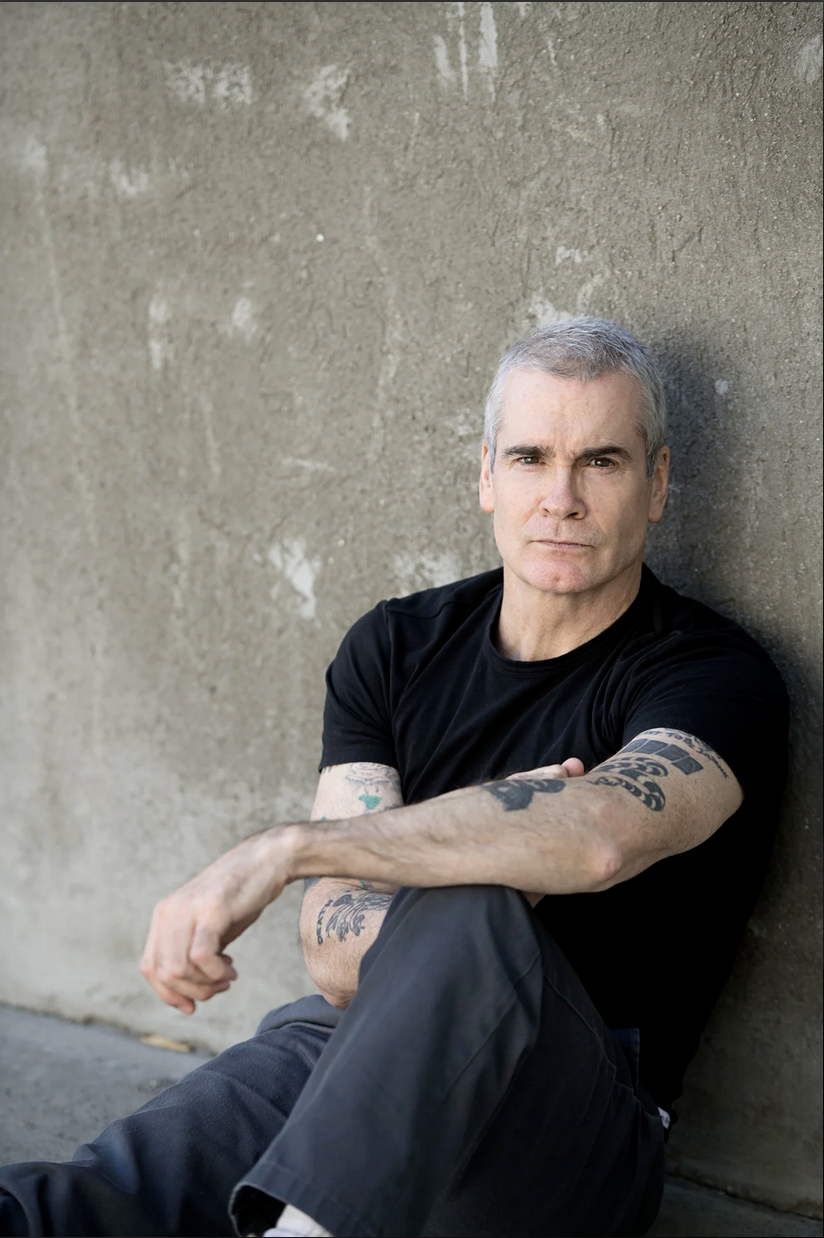Chapter I: Postman’s Portent – The Brave New 1984
“We were keeping our eye on 1984. When the year came and the prophecy didn't, thoughtful Americans sang softly in praise of themselves. The roots of liberal democracy had held. Wherever else the terror had happened, we, at least, had not been visited by Orwellian nightmares.
“But we had forgotten that alongside Orwell's dark vision, there was another - slightly older, slightly less well known, equally chilling: Aldous Huxley's Brave New World. Contrary to common belief even among the educated, Huxley and Orwell did not prophesy the same thing. Orwell warns that we will be overcome by an externally imposed oppression. But in Huxley's vision, no Big Brother is required to deprive people of their autonomy, maturity and history. As he saw it, people will come to love their oppression, to adore the technologies that undo their capacities to think.” – Neil Postman, Amusing Ourselves To Death (1985)
In the 2018 documentary, Behind The Curve, a look at the worldwide community of people who believe the Earth is flat, filmmaker Daniel J. Clark asked prominent YouTuber Patricia Steere what sources of information she trusted. “Myself,” she said, laughing. “I jokingly said if there’s an event like…I’ll just use Boston Bombing again,” referring to the 2013 bombing incident at the Boston Marathon, “I won’t believe any of those events are real unless I myself get my leg blown off.”
It would seem her wilful ignorance when it comes to the curvature of the Earth is an apotheosis of the media as an environment as a culture – the magic of YouTube and the internet has “undone her capacity to think,” as author, media ecologist, and father of modern media as environment scholar Neil Postman said in his 1985 landmark book, Amusing Ourselves to Death.
What’s more telling is that her philosophical solipsism, that being that only the self is all we can really know of reality, is not an isolated phenomenon. To be fair, it's hard not to these days.
In the theory of Julian Jaynes seminal book on the evolution of consciousness, The Origin of Consciousness in the Breakdown of the Bi-Cameral Mind, he argues that our pre-antiquity consciousness was not defined by recognising our thoughts as our own, but as one side of the brain “speaking” or “hallucinating” to another part that listens and obeys its commands. These commands were interpreted as Gods. As bi-cameralism broke down, we externalised these voices into Oracles, churches, prayers, and eventually, scepticism that any such voices were derived from on high. A vestige of bi-cameralism, the verb phrase to understand which means to perceive the intended meaning or comprehend it, means to literally stand under a God who is giving instructions to a human receiver – or in this case, an unconscious hemisphere of the brain commanding, and a conscious hemisphere obeying said commands. Though we’ve moved past this bi-cameral state, we have not moved towards a state where we can authenticate information as “true” or “factual” just by looking at it.
As humans, we are limited. We use language and media to transmit our ideas, desires, knowledge, etc. to other people. As the semanticist Hayakawa put it, we use the “nervous systems of others” to help us achieve our goals. His most famous example is a soldier calling out to an observer for information on what is going on, and the observer reporting back to the soldier – he has “borrowed” his eyes and ears and gained a report thanks to a “loan” of his sensory systems. However, if the observer reports back false information, the soldier has not gained any knowledge at all. To use a well-worn analogy from the great General Semanticist Count Alfred Korzybski, the “map” the observer has provided for the “territory” or reality of what is going on is not only inaccurate, but false. The observer may have relayed zero enemy activity, when in fact he has seen multiple targets. The soldier is now imperilled due to his internal “map” consisting of this false image.
And the images we create each day are staggering. We, as humanity, produce 2.5 quintillion (2.5 x 1020) bytes of new data each day, and the rate is accelerating. It would be impossible for any one human to observe and analyse the data we create, per day, in a lifetime. We are not oppressed by an external imposition; we are oppressed by how gigantic our media environment has become. If Patricia and her Flat Earth friends only observed one-one-thousandth of this data generated per day, that would still yield 25 terabytes of data – 250 million images, 35,714 hour-long videos, or even 416 hours of Virtual Reality content. With humans being this limited and navigating information systems so vast, can you blame Patricia for this ignorance? Ms. Steere could, if she wanted, live out her entire life without ever encountering an opposing viewpoint. She could call out only to observers who confirm her bias for the rest of her life and never run out of data to comb through.
From this perspective, Postman was right.
A Familiar, Not Brave, New World
However, we now have another layer of oppression to contend with; that the technology we adore is used simultaneously for our surveillance and gratification. One cannot exist without the other. In the 80s and 90s, civil libertarians called for a dismantlement of the “surveillance state;” CCTV cameras on every corner, police providing a watchful eye on the populace. In authoritarian regimes such as China, these cameras and listening devices serve this very function, a generational echo of the German Democratic Republic’s STASI invading the private lives of citizens. China’s internet is censored around the clock by a “Great Firewall of China” which blocks certain foreign websites with pro-democratic or anti-Chinese content, as well as moderation by government agents in social media such as WeChat or Sina Weibo.
In 2013, former NSA contractor Edward Snowden revealed with the help of Washington Post and Guardian journalists that our electronic transmissions, such as those used by Facebook, Google, and other social media were being systematically harvested. Our data, which we freely gave to these media, are used as part of the NSA-developed XKeyscore and the Boundless Informant data collection and visualisation tools, used for covert surveillance without due process.
Over one billion people use Instagram, for example. Apart from its uses as a data harvesting tool for advertisers or as a platform for marketers, it arguably has no functional purpose. It does not provide a solution for transmitting photos to other people – it could be perceived as another pleasurable toy, such as those found in the vain and self-absorbed culture of Brave New World. Psychologists and others have linked social media to addiction, as other users’ “likes” and ego-strokes can often release the neurotransmitter dopamine, which is known to scientists as the “feel good hormone.” Dopamine is our “reward.” In that regard. Like many addictions, dopamine “rewards” lose intensity with frequency. Bigger and better “rewards” are required to feel the same “high.” In a cynical view, Instagram and other social media are much like a dopamine dispenser, in the same way rats use a mechanical food dispenser in experiments.
Postman said we would come to love our oppression through the adoration of technology. He was, to an extent, saying feelings would become more sought after than facts. Though we live in Brave New World, there is a sinister apparatus that belies it – the world of 1984. Since we are unable to trust our media environments – the nervous systems of others – or even make proper sense of it due to the sheer volume of data we can interact with, the maps we will carry around in our heads will be of lower and lower accuracy and quality. The amount of information we are aware we are not in possession of, or will never be in possession of, is near incalculable.
And for many reasons, as this series will explain, has made us very, very angry.
To be continued in Chapter II: The Media Malware Machine



